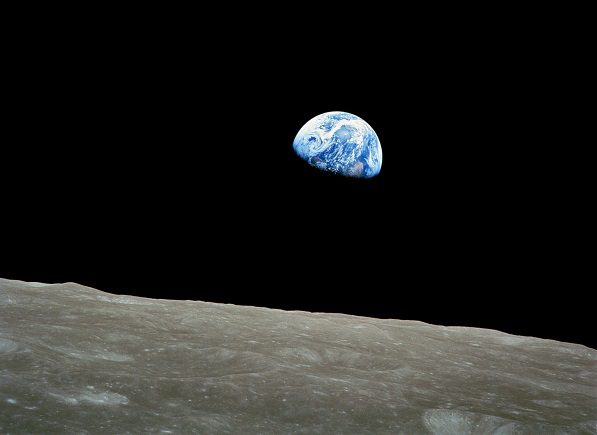
Life Beyond Earth?
11/13/2023
When I was 12 years old, the US sent the first person to the moon. I was enthralled with the space program and watching Neil Armstrong emerge from the lunar module to put the first human foot on the moon’s surface. I stood in front of our black and white TV with a Brownie camera and proceeded to photograph these historic moments. In 1969, we did not have a video recorder, so this was the only way I knew to capture the images!
Last weekend, I read an article on the BBC newsfeed entitled Tantalizing Sign of Possible Life on Far Away World. We are constantly faced with many problems, be it locally or in some other corner of the world, but one thing that always excited me about this country and the culture it nurtures, is its optimism and belief in the future and willingness to invest capital in exploring new opportunities, expanding our knowledge and the search for a better future. In the memorable words of Star Trek: “to explore strange new worlds; to seek out new life and new civilizations; to boldly go where no man has gone before!”
NASA’s James Webb Space Telescope (JWST) may have detected a molecule called dimethyl sulfide (DMS) on a planet 120 light years away, referred to as K2-18b. On earth, DMS is only produced by living organisms. Scientists have also detected methane and CO2 in the planet’s atmosphere, which may be an indication that the planet has water.
The University of Cambridge professor who led the research told BBC News that his entire team was shocked when they saw the results. “On earth, DMS is only produced by life. The bulk of it in earth’s atmosphere is emitted from phytoplankton in marine environments,” he said.
The BBC article explains that JWST can analyze the light that passes through the faraway planet’s atmosphere. That light contains the chemical signature of molecules in its atmosphere. The details can be deciphered by splitting the light into its constituent frequencies, like a prism creating a rainbow spectrum. If parts of the resulting spectrum are missing, it has been absorbed by chemicals in the planet’s atmosphere, enabling researchers to discover its composition. As well as DMS, the spectral analysis detected an abundance of methane and carbon dioxide with a good degree of confidence.
If any of you are interested in reading more on spectral analysis, the first book on the subject was written in 1896 by my great-grandfather, John Landauer, a German scientist and businessman. https://www.amazon.com/Spectrum-Analysis-John-Landauer/dp/1011237717
Optimism is a powerful force and one that has propelled scientists and entrepreneurs alike to search for ways to make this world a better place. I know our country faces many struggles and tragedies every day, but I am constant in my belief that, as Warren Buffett constantly reminds us, America’s best days still lie ahead.
Nicholas Hoffman
